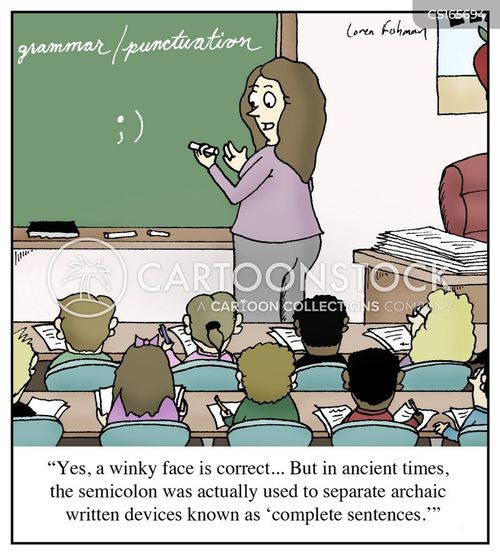

If you don’t share that excitement, we understand. What Does Canadian English Sound Like? It’s all about the vowelsįull disclaimer here: We at Babbel are language geeks, and we get excited by detailed linguistic analyses. That’s why it’s little surprise that it has obvious influences from the United States, Britain and Ireland! At the same time, Canadian English has been developing distinctive features since around the early 19th century, so it’s not just a mix of other accents. The regional dialects of Atlantic Canada are usually not included in the definition of Standard Canadian English.Ĭanadian English is a product of several waves of immigration and settlement over more than two centuries. Some definitions include other factors, such as specifying the variety that is spoken across central and western Canada among middle-class speakers from English-speaking families. What’s usually referred to as Standard Canadian English is the language variety spoken by Anglophone or multilingual speakers who were born in Canada and who live in urban areas.

The term “ Canadian English” is inadequate to describe the country’s linguistic variety - just as we can’t say there’s one true American, British, or Australian English. So what are they? Let’s have a look at Canadian English compared to American and British English. In fact, most people will have a hard time differentiating Canadian English from American English speakers.īut every once in awhile - most famously when Canadians say “out,” “about” or “eh” - there’s no denying that Canadian English has some unique characteristics. ” On the other hand, everyone who has heard an anglophone Canadian speak will notice that the pronunciation is closer to General American English.

On the one hand, Canadians prefer the “British” spelling of words like “ colour” or “ centre. Which of these words do you use? Are any of these new to you? Tell us below in the comments! ~Alexandra Heilbronĭon't forget to watch Shawn Mendes: In Wonder, now streaming on Netflix.Canadian English seems neither here nor there in the grand scheme of English varieties. Shawn reveals that when he asked where the washroom was while he was in America, he just got confused looks, because it's referred to as the bathroom in the States (even when it's a public restroom that doesn't have a bath). The expression "bare" means "a lot," and he gives the example of a friend asking if there's enough food and he says, "Yeah, we got bare food." "That's jokes" means "That's funny," a "toque" is a winter hat known as a beanie in the U.S., and "darts" are cigarettes, which Shawn calls "gross." He also reveals that his friends never say "What's up," instead asking each other, "What are you saying?" or even "What you saying," which means "What's going on, What are you doing?" He explains that a "snowbird" is someone who goes to Florida for the winter a "loafter" is someone who takes their time when you're waiting for them to do something because they're "loafting" around and "beauty," which means that someone's a good person.

In the U.S., mickey is slang for a date rape drug. Read them and see if you're familiar with any of these phrases!įirst off, he talks about a "mickey," which in Canada means a 375 ml bottle of liquor, as opposed to "Two-Six," which refers to the 750 ml (or 26 ounce) bottle.
CANADIAN LINGO DART FULL
Shawn Mendes talks about Canadian slang and gives examples during a video with Vanity Fair (see full video below), in which he describes words and sayings he grew up with in Pickering, Ontario.


 0 kommentar(er)
0 kommentar(er)
